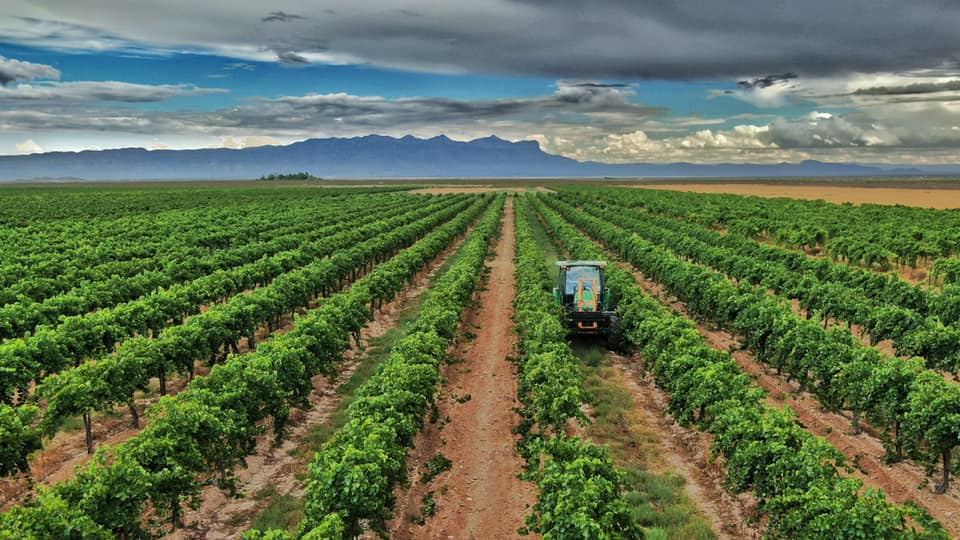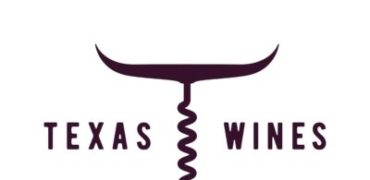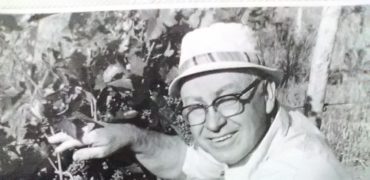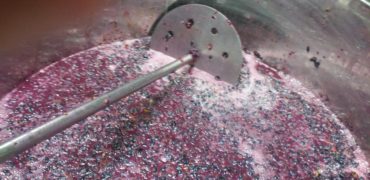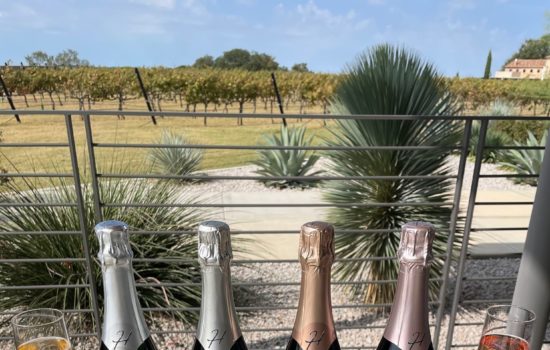The hours are long, but the passion runs with this year’s grape harvest. The grape harvest is in a frenzy in the Texas Hill Country and Texas High Plains. Those huge grape harvesting machines are running up and down the rows of grape vines in the Texas High Plains. The land on the Texas High Plains is FLAT so those grape harvesting machines are running long hours during the night and cool morning hours. Each one of those harvesting machines can do the work of a 100-man crew each day. With the acute labor shortage, the grape are still coming in. Of course there are a few small vineyards that are still hand-harvested and mostly with volunteers.
The conclusion across the State of Texas is that the grapes’ QUALITY is awesome. These grapes should make more Double Gold Medal-winning wines. The bad news is that the grape harvest is not as large as many had hoped it would be. Blame the small harvest on the February’s severe freeze! Many of the primary buds on the vines were literally frozen making them non-productive. Those grape vines had protected secondary and tertiary buds which provided grapes but in limited quantities. Wineries and vineyard managers know that limiting the quantity of grapes can help to assure better grape quality. The vine’s root system can concentrate the grape’s substance in the limited quantity. Too many grapes on a vine can lower the quality of the grapes since the vine’s root system can sustain only a certain amount of grapes without impacting quality of those grapes. However, the severe freeze limited the quantity on the vines in many areas of Texas to less grapes than what was hoped for the grape harvest. Assuming all other variables the same, the grapes would be of better quality. Those vineyard managers continue to accommodate their grapes’ needs throughout the growing season to provide excellent quality in those grapes.
AGGIES SOLVE AN AGE-OLD PROBLEM
Texas A and M University and Texas Tech University have gotten heavily involved in the fast-growing Texas Wine Industry. Those Aggies started work on an old problem called Pierce’s Disease. This disease is centered on a bacteria that is injected into the vine’s Xylem (aka blood vessel in a human) by an insect called a Sharpshooter. The bacteria grows within the Xylem causing blockages like cholesterol in human blood vessels. Eventually, the bacteria completely close off the Xylem blocking the roots from the leaves and vice versa. The leaves can no longer send sugars to the roots and the roots, water to the leaves. This then kills the grape vines. Vineyards usually lose 1 to 3% of their vines and in some instances entire vineyards if the Glassy-winged Sharpshooter is not controlled. That insect is much more mobile than its cousin, the Grey Sharpshooter. Texas Hill Country vineyards are always on the watch for these sharpshooters and have decimated vineyards in the Texas Hill Country. The vitis vinifera vines are more susceptible to Pierce’s Disease with native Texas vines being more resistant. The Universities in California have been studying how to solve this problem for decades. Now comes Texas A and M University and solves this ongoing problem in just a few short years of research. Carlos Gonzalez uses a technology used on humans. Bacterial Phages (enemy of dangerous pathogens) was found to be an injectable organic remedy to cure the grape vine from within. Texas A and M University developed a specific bacteriophage therapy using specific viruses to infect and kill the bacteria associated with Pierce’s Disease. “This is not necessarily a new wonder drug, but a refined toolbox implement,” said Gonzalez. This treatment has been approved by the EPA and is registered in California, Arizona, and Texas as approved for use in organic production. This development is a significant step for the agriculture business per an article in the WESTERN FARM PRESS.
